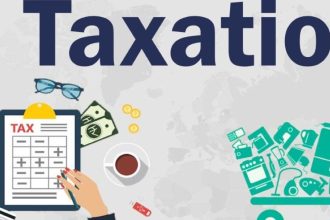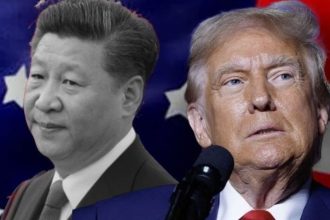On August 1, 2025, the Pakistani Rupee (PKR) gained slightly, appreciating by 15 paisa or 0.05% against the US Dollar (USD). It closed at PKR 282.72 in the interbank market, up from PKR 282.87 the previous day. During the trading session, the PKR fluctuated between an intra-day high (bid) of 282.9 and a low (ask) of 285.6, reflecting cautious market sentiment at the beginning of the new month.
In the open market, exchange companies quoted the USD at PKR 282.85 for buying and PKR 285.70 for selling. The PKR displayed mixed results against other currencies:
- Euro (EUR): Weakened by 82 paisa (0.24%) to 349.67.
- British Pound (GBP): Gained 10 paisa (0.03%) to 377.40.
- Swiss Franc (CHF): Fell 37.60 paisa (0.10%) to 365.66.
- Japanese Yen (JPY): Rose 0.01 paisa (0.01%) to 1.9704.
- Chinese Yuan (CNY): Dropped 3.05 paisa (0.08%) to 40.03.
- Saudi Riyal (SAR): Increased 1.85 paisa (0.02%) to 76.15.
- UAE Dirham (AED): Gained 1.70 paisa (0.02%) to 77.73.
The money market remained stable, with the 6-month Karachi Interbank Bid and Offer rates holding steady at 10.72% and 10.97%, respectively. Year-to-date, the Pakistani Rupee (PKR) has depreciated by 7.19 rupees, which is a decline of 2.54% against the US Dollar (USD). Additionally, for the fiscal year, the decline in value of the PKR is 11.94 paisa, equivalent to 0.04%.
July 2025 Performance Recap
In July 2025, the Pakistani Rupee (PKR) experienced volatility against the US Dollar (USD). It started at PKR 284.22, peaked at 284.97 on July 17, and then declined to 282.87 by July 31, resulting in a net appreciation of 1.35 rupees (0.47%). The late-month recovery saw rates drop to 283.45 on July 25 and 282.95 by July 30, which suggests there may have been improvements in foreign exchange reserves or new policy measures. The initial strength of the USD led to increased import costs and inflation, but the recovery helped ease these pressures, resulting in a boost in remittance value.
The recent modest gain of the Pakistani Rupee (PKR) provides some relief, as it may lead to lower import costs for essential goods such as fuel and food. This could help stabilise inflation and support household budgets. Businesses might benefit from reduced costs, which could help maintain price levels and employment. Additionally, the enhanced value of remittances can assist families, although Pakistan still faces a significant debt servicing burden. The State Bank of Pakistan’s management of the PKR demonstrates its efforts to navigate ongoing economic challenges.






